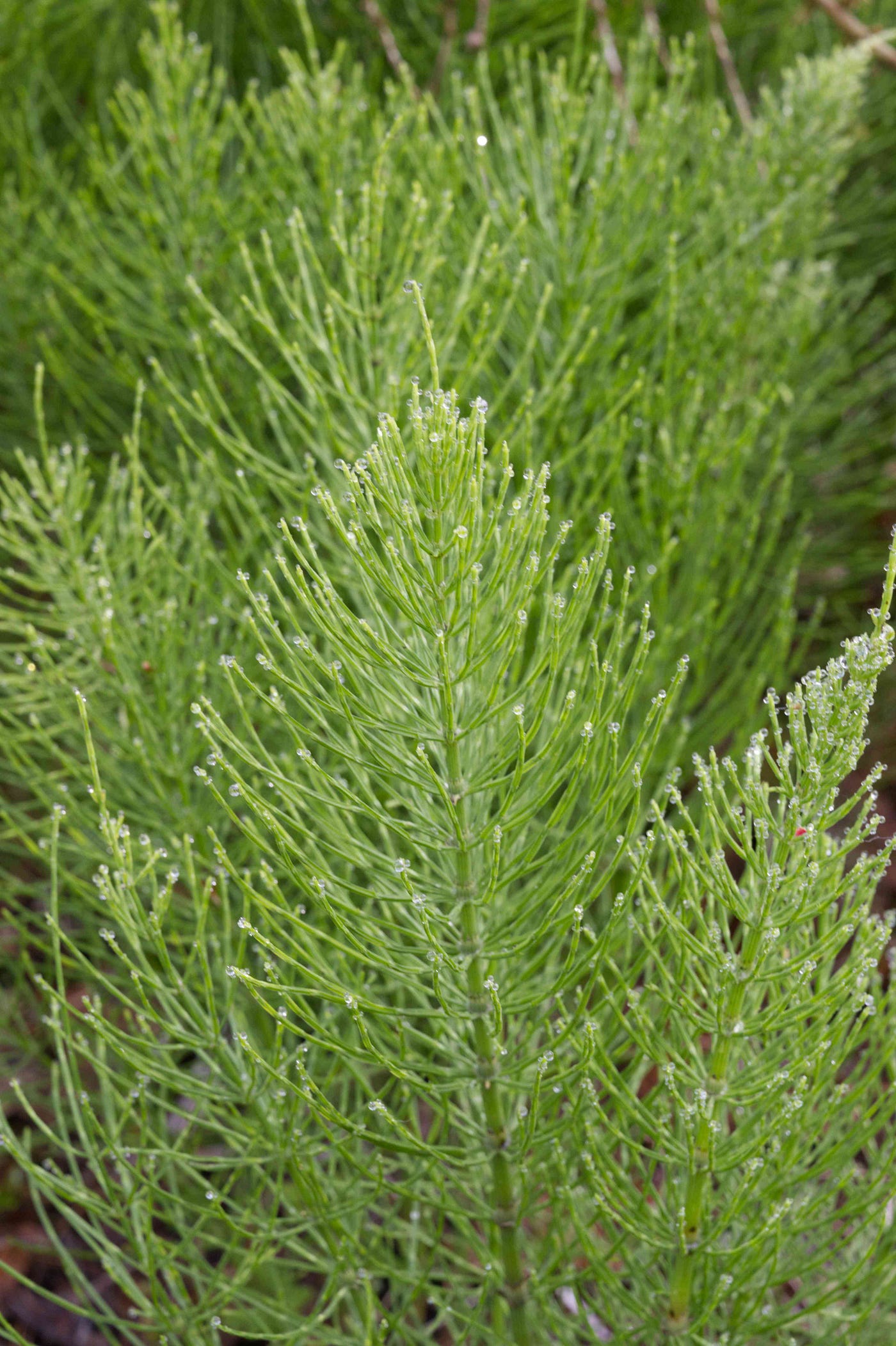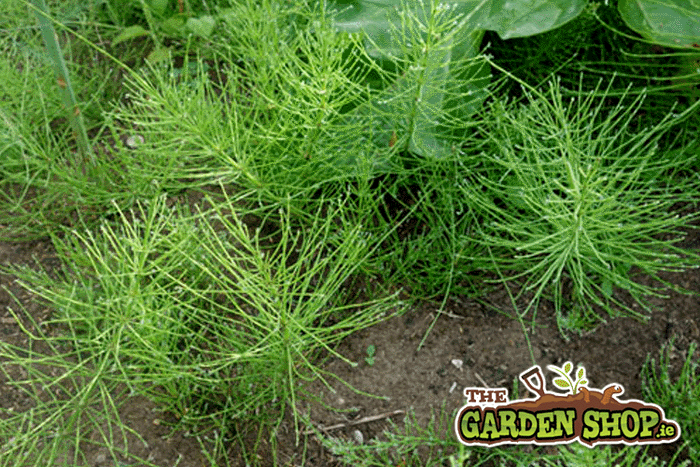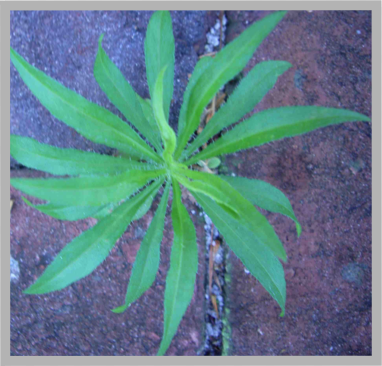How To Get Rid Of Marestail For
Marestail, also known as horsetail, is a perennial weed that can be difficult to get rid of. It has a long, wiry stem and hollow, jointed leaves. Marestail can grow in a variety of conditions, including wet and dry soil, and it can spread quickly by rhizomes.
If you have marestail in your garden, there are a few things you can do to get rid of it.
1. Manual removal
The most effective way to remove marestail is to dig it up by the root. This can be a time-consuming and labor-intensive process, but it is the most surefire way to get rid of the weed. When digging up marestail, be sure to get as much of the root as possible. If any pieces of the root are left behind, they can resprout and the problem will continue.
2. Chemical control
If you do not want to dig up marestail by hand, you can use a chemical herbicide. There are a number of herbicides that are specifically designed to kill marestail. When using a chemical herbicide, be sure to follow the directions on the label carefully.
3. Cultural control
There are a few cultural practices that can help to prevent marestail from spreading. These include:
- Keeping your garden well-drained. Marestail prefers wet soil, so improving drainage can help to discourage it.
- Mulching your garden. Mulch can help to suppress weeds and keep the soil moist.
- Rotating your crops. Rotating your crops can help to disrupt the life cycle of marestail and make it more difficult for it to establish itself.
4. Biological control
There are a few biological controls that can be used to kill marestail. These include:
- The horsetail weevil (Tiphia vernalis). This weevil feeds on the roots of marestail and can help to control its spread.
- The horsetail rust fungus (Puccinia graminis). This fungus infects the leaves of marestail and can kill the plant.
Conclusion
Marestail can be a difficult weed to get rid of, but there are a number of methods that can be used to control it. By combining different methods, you can increase your chances of success.
If you are having trouble getting rid of marestail, you may want to consult with a professional gardener or landscaper. They can help you to develop a plan to control the weed and keep it from coming back.
To learn more about marestail, visit Home Gardening. This website provides information on the identification, management, and control of marestail. You can also find tips on how to prevent marestail from spreading in your garden.
FAQ of marestail
- What is marestail?
Marestail, also known as horsetail, is an invasive, deep-rooted perennial weed that can be found in a variety of habitats, including lawns, gardens, and fields. It has long, hollow stems that can grow up to 6 feet tall, and it produces spores that can easily spread to new areas.
- How do I control marestail?
There are a number of ways to control marestail, including:
* Hand pulling: This is the most effective way to control marestail, but it can be time-consuming and labor-intensive. Be sure to remove the entire plant, including the roots, to prevent it from resprouting.
* Mulching: Mulching around your plants can help to prevent marestail from germinating. Use a thick layer of mulch, such as wood chips or bark, to smother the weeds.
* Herbicides: There are a number of herbicides that can be effective in controlling marestail. Be sure to read the label carefully and follow the instructions before using any herbicide.
* Solarization: Solarization is a method of using heat to kill weeds. Cover the area with clear plastic sheeting in the summer, and the heat from the sun will kill the weeds.
- What are the benefits of marestail?
Despite being considered a weed, marestail does have some benefits. It is a good source of silica, which is a mineral that is important for bone health and wound healing. It also contains antioxidants and other compounds that may have health benefits.
- Is marestail poisonous?
Marestail is not poisonous to humans or animals. However, it can be irritating to the skin and eyes. If you come into contact with marestail, be sure to wash the affected area with soap and water.
Image of marestail
- A close-up of a single maretail stalk. The stalk is tall and slender, with a series of jointed segments. The segments are green and smooth, with no leaves.

- A field of maretail plants. The plants are growing in a dense cluster, reaching up to several feet tall. The stalks are a uniform green color, and the plants are topped with a cluster of small, brown spore-bearing structures.

- A maretail plant growing in a stream. The plant is rooted in the bottom of the stream, and its stalks are swaying in the current. The stalks are a bright green color, and they are covered in tiny air bubbles.

- A maretail plant in bloom. The plant is topped with a cluster of small, brown spore-bearing structures. The structures are arranged in a spiral pattern, and they are surrounded by delicate, feathery bracts.

- A maretail plant being used as a natural toothbrush. The plant's stiff bristles are used to clean the teeth and gums. The plant is also said to have antiseptic properties, which can help to prevent gum disease.
- A maretail plant being used as a tea. The plant's leaves and stems are dried and steeped in hot water to make a tea. The tea is said to have a number of health benefits, including boosting the immune system and reducing inflammation.

- A maretail plant being used as a fertilizer. The plant's dried leaves and stems can be added to compost or used as a mulch. The plant's high silica content helps to improve the drainage and aeration of the soil, and it also helps to promote plant growth.

- A maretail plant being used as a water filtration system. The plant's hollow stalks can be used to filter water. The stalks trap sediment and other impurities, leaving the water clean and clear.
- A maretail plant being used as a fire starter. The plant's dried stalks can be used to start fires. The stalks are very dry and flammable, and they can be easily ignited with a spark or a flame.

- A maretail plant being used as a decorative plant. The plant's tall, slender stalks and delicate green leaves make it a popular choice for use in flower arrangements and as a border plant.


Post a Comment for "How To Get Rid Of Marestail For"